Avoid These 15 Biggest Mistakes When Owning Multiple Cats
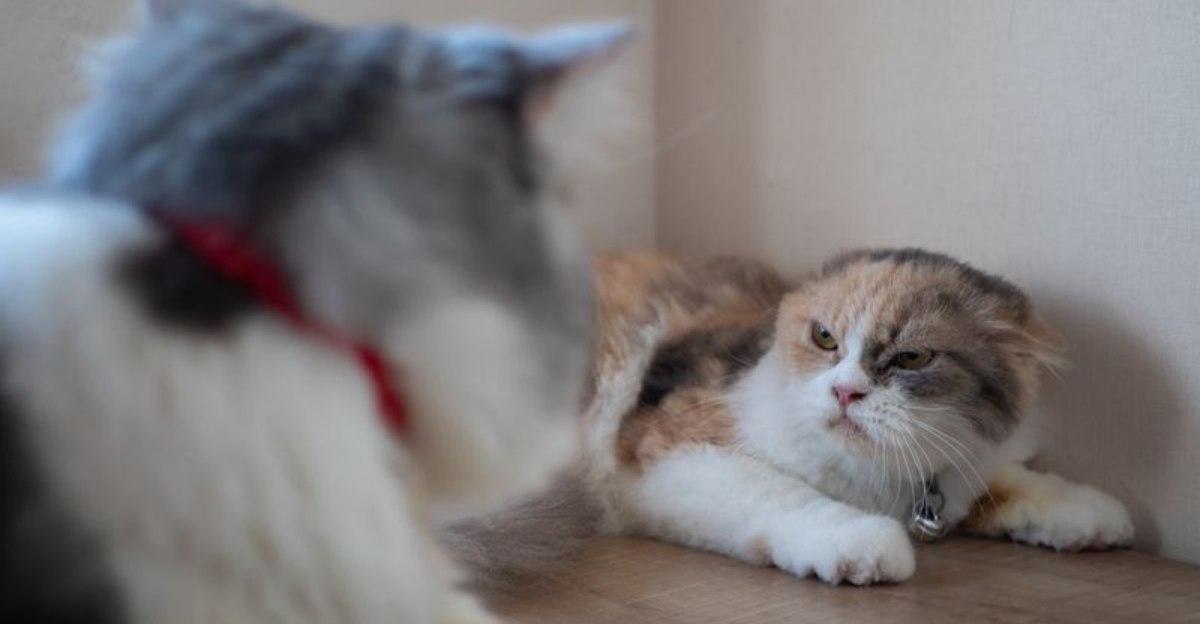
Living with multiple feline friends can bring double the purrs and triple the fun, but it also comes with unique challenges. Many cat owners stumble into common traps that can lead to stressed kitties and frustrated humans.
Understanding these pitfalls before they happen will create a happier household for everyone with paws or feet.
1. Skimping On Litter Boxes
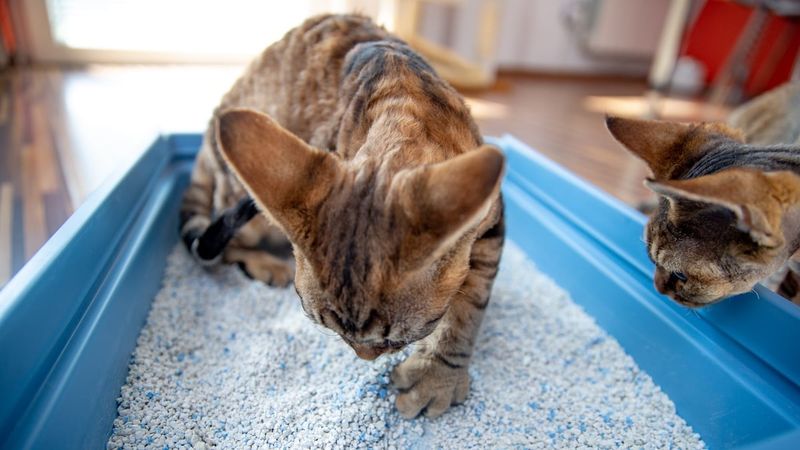
The golden rule of multi-cat homes: always have one more litter box than the number of cats. When Fluffy has to wait her turn too often, she might find your laundry basket more appealing.
Territorial disputes over bathroom space can trigger stress behaviors and unwanted ‘presents’ around your home. Space boxes throughout different rooms, not just clustered in one area.
2. Forcing Friendship Between Cats
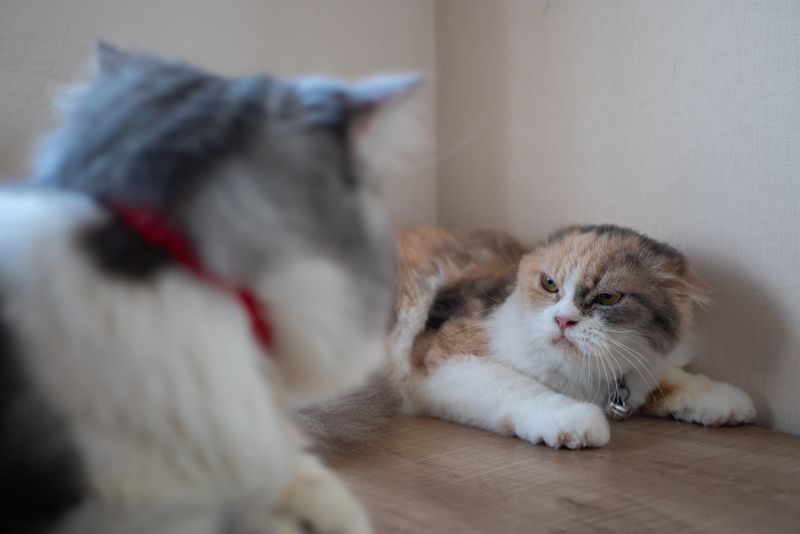
Watching your cats hiss at each other can feel disheartening, but pushing them together only heightens tensions. Cats form bonds at their own pace – sometimes taking months or even years.
Respect their individual timelines for friendship development. Provide separate resources and safe spaces for each cat, allowing them to establish boundaries naturally without human interference.
3. Neglecting Vertical Space
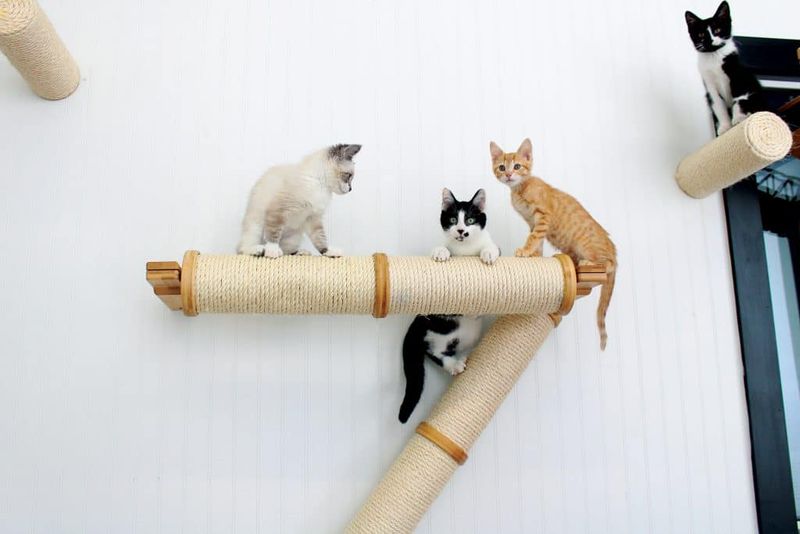
Cats naturally seek higher ground when feeling threatened or simply to survey their kingdom. Limited climbing options in multi-cat homes can create unnecessary competition and stress.
Cat trees, wall shelves, and window perches provide escape routes during tense moments. These vertical territories allow your cats to establish hierarchy without confrontation, giving everyone breathing room when needed.
4. Buying Just One Scratching Post
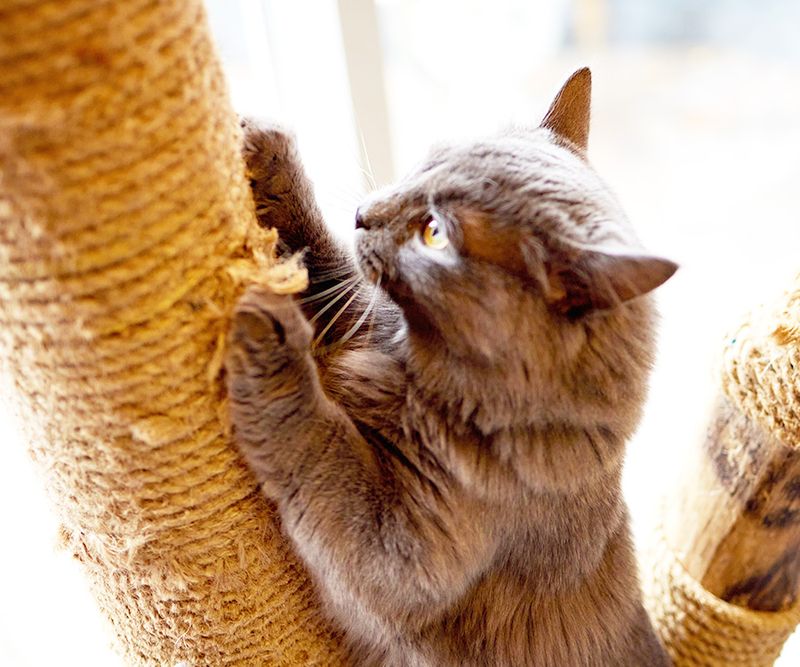
That fancy sisal post won’t save your furniture if all four cats must share it. Scratching isn’t just about nail maintenance – it’s how cats mark territory and relieve stress.
Insufficient scratching surfaces lead to furniture casualties and territorial disputes. Place different types of scratchers (vertical, horizontal, cardboard, sisal) throughout your home to accommodate various scratching preferences.
5. Overlooking Individual Feeding Stations
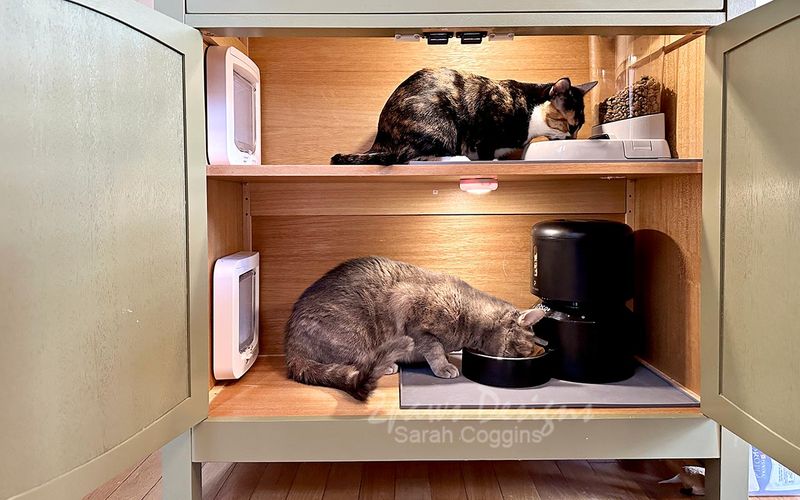
Mealtime shouldn’t feel like a competitive sport. Food guarding is common even among friendly cats, leading to weight problems when some cats overeat while others go hungry.
Create separate feeding zones with distance between dishes. For serious cases, consider microchip feeders that only open for specific cats, ensuring each pet gets their proper portion without mealtime stress.
6. Ignoring Subtle Stress Signals
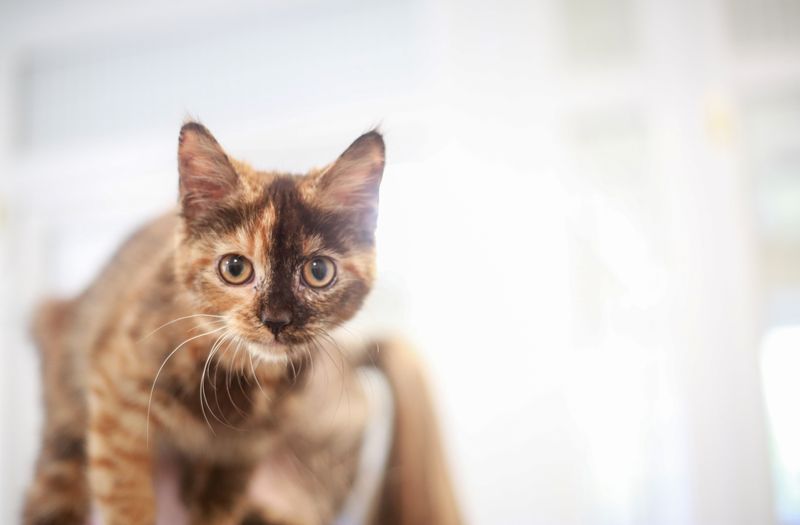
Cats rarely send obvious distress flares. Instead, they communicate through subtle changes – excessive grooming, hiding, or litterbox issues often indicate social tension.
Many owners mistake these signals as behavioral problems rather than stress responses. Regular observation helps catch problems early. Notice who’s spending time where, which cats avoid each other, and any changes to normal routines.
7. Forgetting Individual Play Sessions
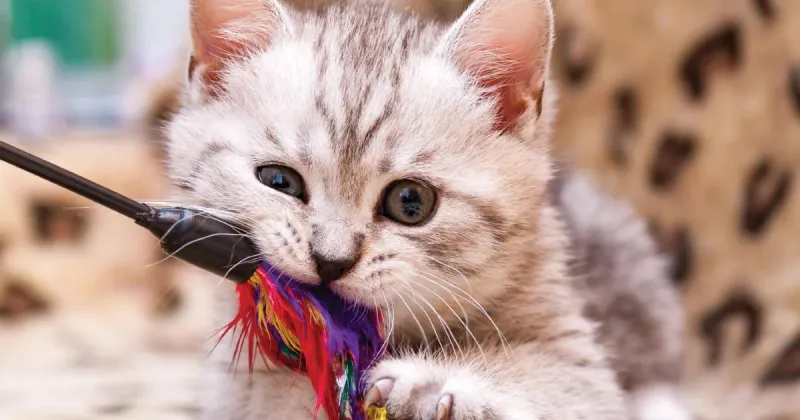
Group play works for some cats, but many need one-on-one attention to truly thrive. Without personal playtime, less confident cats often withdraw while dominant ones monopolize toys and attention.
Schedule short daily sessions with each cat using their preferred toy. These individual interactions strengthen your bond with each pet while reducing competition and jealousy that can spark household tensions.
8. Using Harsh Punishments

Spraying water or shouting might stop behaviors momentarily but creates fear that damages your relationship. Cats don’t connect punishment with past actions – they just learn to fear you.
Positive reinforcement works better in multi-cat homes. Reward good interactions with treats or praise. For unwanted behaviors, redirect attention rather than punishing, which only adds stress to an already complex social environment.
9. Rushing Introductions
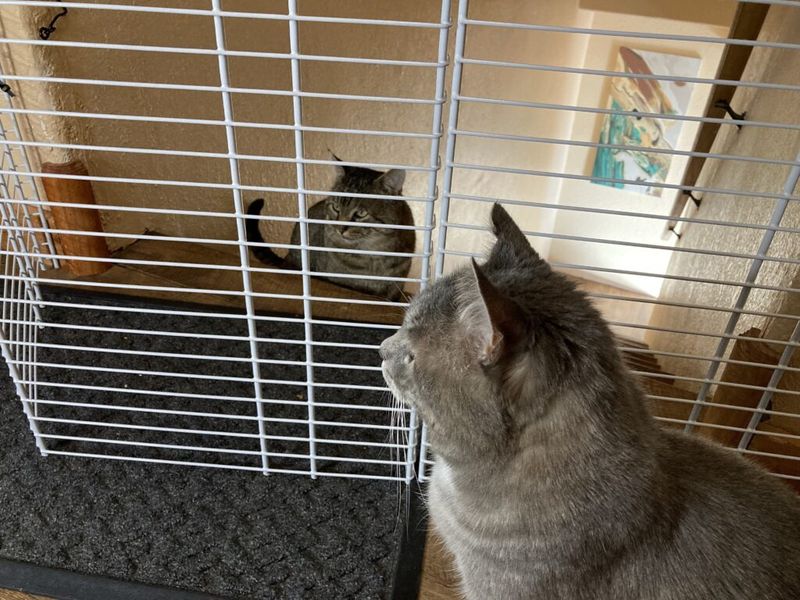
Bringing home a new kitty and immediately releasing them into your existing cat’s territory is asking for trouble. First impressions matter tremendously in the feline world.
Proper introductions take weeks, not hours. Start with scent swapping, then visual contact through a barrier, followed by supervised short meetings. Rushing this process can create rivalries that last for years.
10. Providing Inadequate Hiding Places
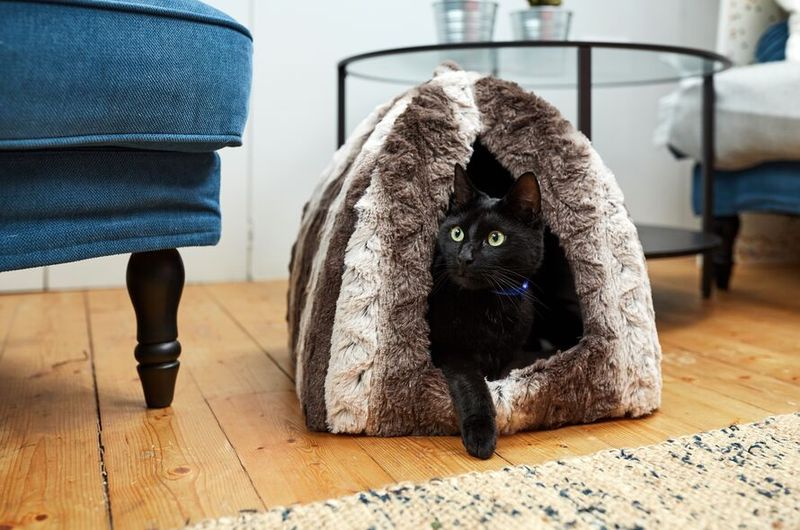
Every cat needs a private retreat where they feel untouchable. Without enough hideaways, tensions rise as cats can’t escape stressful situations or challenging housemates.
Create multiple sanctuary spaces throughout your home – covered beds, cardboard boxes, cat tunnels, and partially enclosed shelves. These safe zones help prevent confrontations and allow cats to decompress when social batteries run low.
11. Mismatching Personality Types
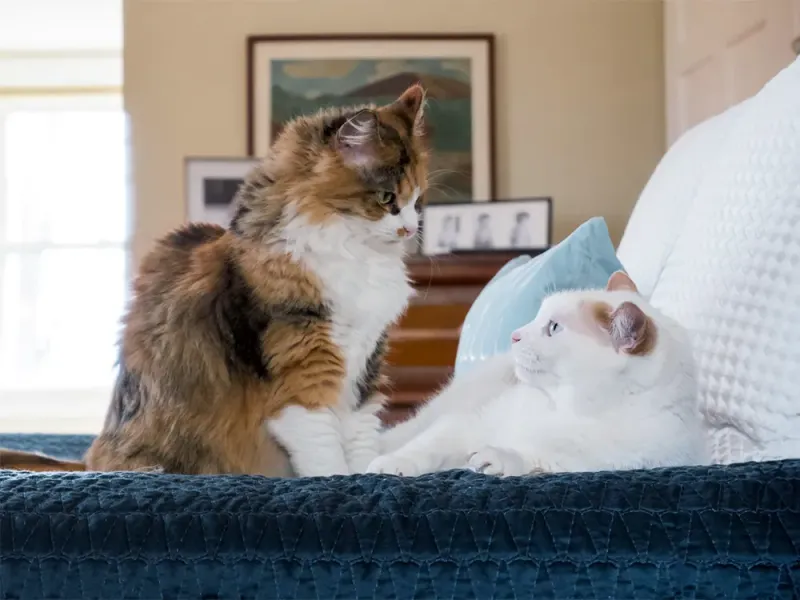
Not all cats are social butterflies. Pairing a playful kitten with your senior cat who values peace might create constant friction rather than companionship.
Consider energy levels, age, and personality when adding new cats. An energetic youngster might thrive with another active cat but terrorize a laid-back senior. Sometimes the best companion for your existing cat is one with similar temperament.
12. Changing Routines Abruptly
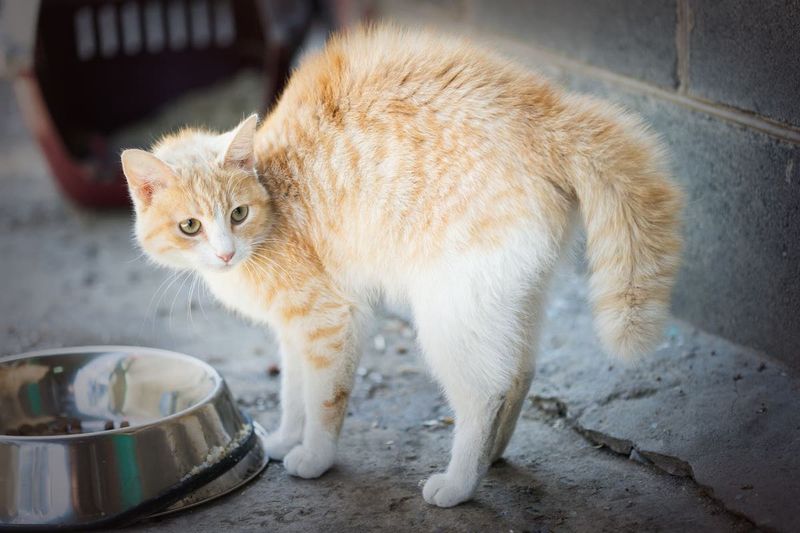
Cats thrive on predictability. Sudden changes to feeding times, litter box locations, or furniture arrangements can trigger territorial disputes and anxiety in multi-cat households.
Introduce changes gradually whenever possible. Moving litter boxes? Leave the old one in place while introducing the new location.
Redecorating? Shift furniture incrementally rather than all at once to minimize territorial confusion.
13. Skipping Regular Vet Checks
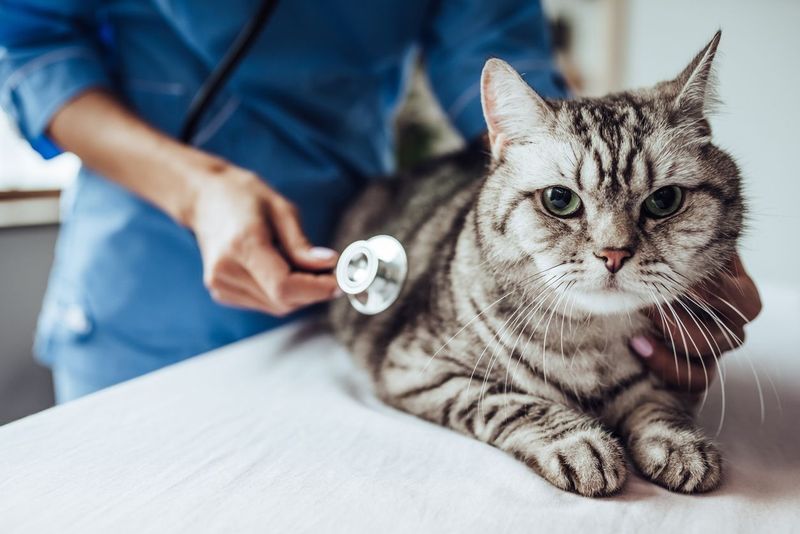
Cats hide illness remarkably well, making regular veterinary visits crucial for multi-cat homes. One sick cat can affect the entire household dynamic in ways that aren’t immediately obvious.
Pain or illness often manifests as aggression or withdrawal, which owners might misinterpret as personality conflicts. Annual wellness exams help catch health issues before they create behavioral problems among your feline family members.
14. Using Strong Scents Carelessly
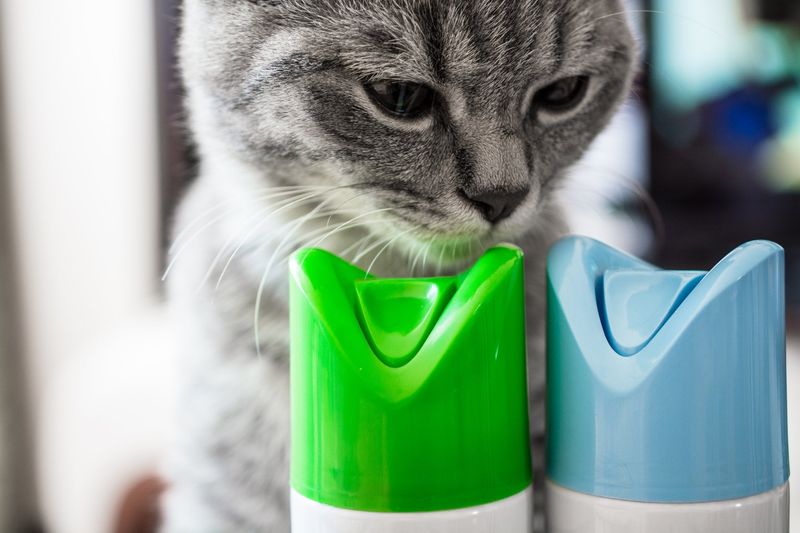
Cats navigate their world primarily through scent. Strong cleaning products, air fresheners, or essential oils can disrupt their sense of security and territory marking.
Opt for unscented or pet-safe products when possible. After cleaning shared items like beds or scratchers, rub them with a cloth containing your cats’ familiar scents to prevent territorial confusion that might trigger conflicts.
15. Expecting Cats To Sort Out Problems
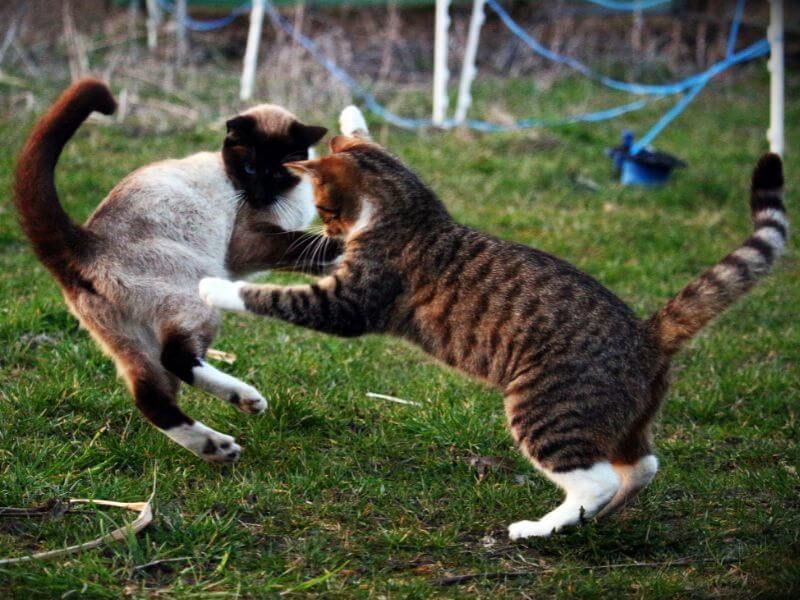
“They’ll work it out eventually” often leads to entrenched negative behaviors and chronic stress. Unlike dogs, cats rarely resolve serious conflicts without human intervention.
Be proactive when you notice tension brewing. Sometimes simple environmental changes like adding resources or creating barriers between feuding cats makes all the difference. Don’t wait until hissing escalates to full-blown fighting before stepping in.






